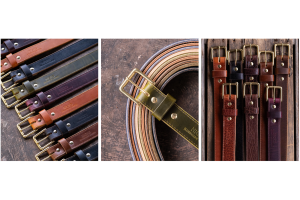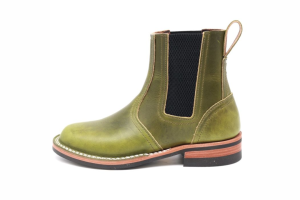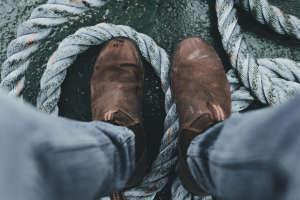Resoling vs Rebuilding Work Boots: What's The Difference?
Resoling and rebuilding a pair of leather work boots are related, but are different. The former is a simple procedure that doesn't take too much time; the latter is much more involved. As you can guess...that also affects the expense.
What's the difference? Which do you need? When should I have my boots resoled, and when should I have them rebuilt? Could I end up needing both?
You will most likely need your work boots resoled long before you need them rebuilt, but it depends a lot on what you do for work. Some people need a rebuild more often than others - we'll talk about that - and some will need their boots resoled more often than others.
So...let's talk about rebuilds and resoles.
Resoling Boots Takes The Old Soles Off And Puts The New Ones On
Resoling is more or less what it sounds like. The old soles are removed, and new ones are put on. The customers has the choice of what sole they want added to their boots or shoes.
While you can have us resole your boots, a resole can be done by any decent shoe repair shop anywhere in the country or - indeed - anywhere in the world. The process for resoling leather boots and shoes made by stitchdown or welted construction is the same everywhere.
It starts by undoing any stitching and pulling any fasteners like nails or screws out of the sole, and then removing the sole from the midsole or slipsole. A new sole is prepped by roughing the surface that will attach to the boot, then the sole is glued and pressed on. The heel stack gets rebuilt if there is one, then excess is trimmed away and any finishing work needed is performed.
The process is fairly basic for most work boots and leather shoes that are made by stitchdown or welted construction; it's a little different for cemented footwear (the sole is literally glued to the upper) or boots or shoes made with a Blake stitch, a common construction method for dress shoes.
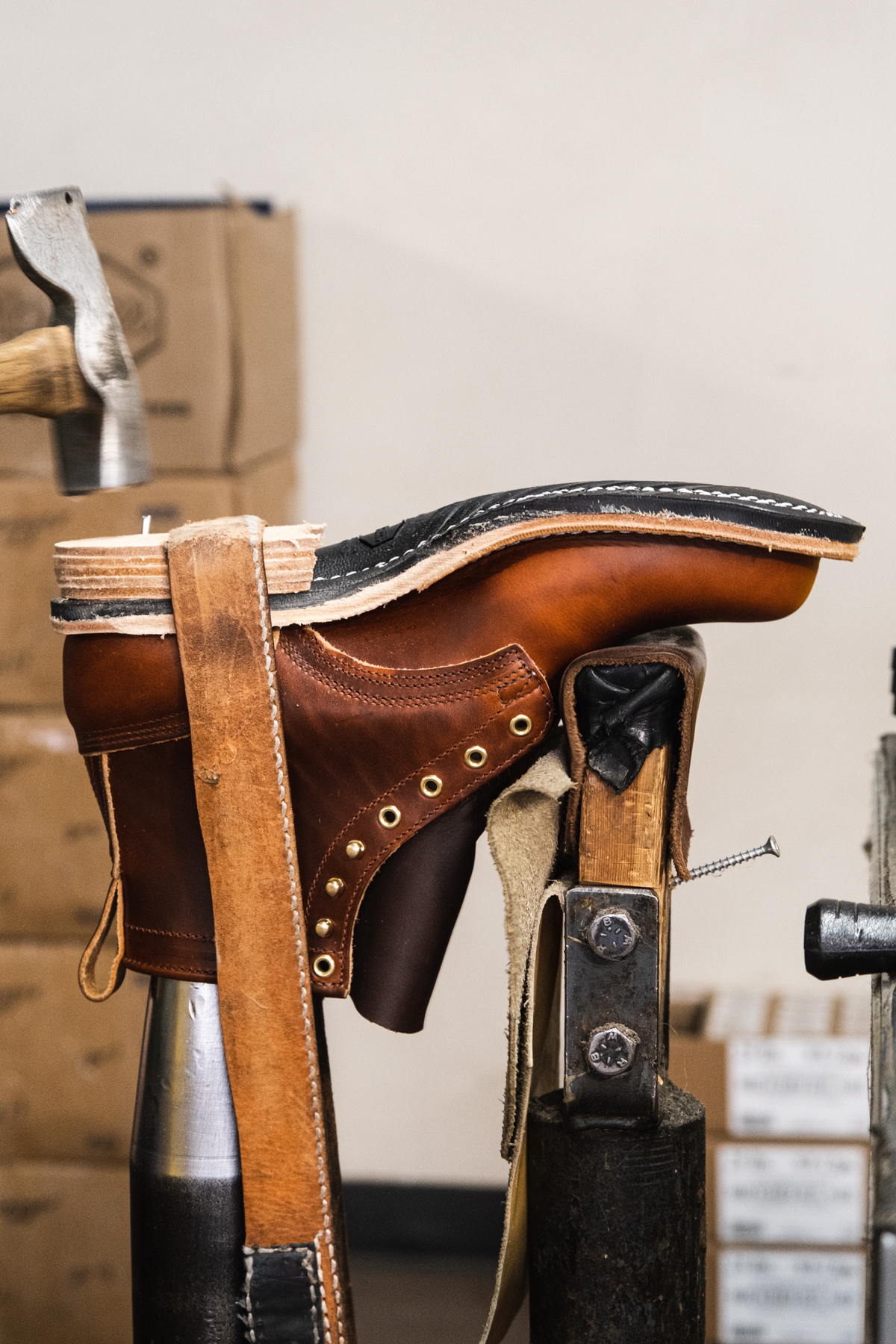

What's A Rebuild?
The exact nature of a rebuild depends on exactly what has to be done. Like rebuilding any other object, it depends a lot on what has to be replaced.
The most common boot rebuild is a total reconstruction of the footbed. The upper is cut away from the lower, and then attached to an entirely new footbed and sole.
This is best done by the factory, but can be done by a competent shoe repair shop. Most will be able to rebuild a pair of boots that are welted, but not all can rebuild a pair of boots made with stitchdown construction.
In some cases, a rebuild will require replacement of parts of the upper and possibly also the footbed. Not all boot companies will be willing to do so, which usually means you have to buy a new pair of boots from them...or find a different brand that actually will offer that service.
In that case, the parts of the boot that need to be are replaced and the boots or shoes are reconstructed.
Again, the exact nature of the rebuild depends on exactly what needs to be done, and that can vary from boot to boot and person to person.
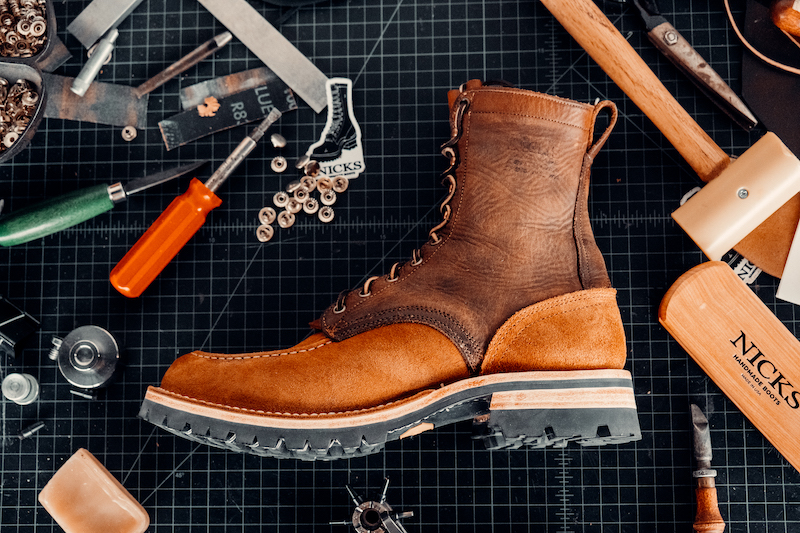

How Do I Know If I Need A Boot Rebuild Or Resole?
You know when you need a resole. The tread is gone, affecting traction and your gait while walking. How long that will take depends on how hard and how fast you wear down the sole, which depends on how you're using your boots and the soles themselves.
A harder sole will take longer to wear out than a soft one. Hard soles like Vibram 100 lug soles are very long-lasting; softer rubber compounds like wedge soles or Vibram RedX fire boot soles wear out much faster.
Exactly how long yours will last...depends on you.
Rebuilds...get a bit more complicated.
Part of break-in is molding the footbed to your feet. You should feel like your feet are supported where they need to be as your shape is supported by the footbed. Once it feels like there isn't as much support, that's usually a sign the footbed has lost structural integrity.
A leather footbed can last through years of heavy use. A footbed of hard foam and fiberboard won't last quite as long. Again, it depends on you and how you use your boots.
As far as uppers go...most boots and leather shoes won't need parts of the uppers replaced unless they get damaged. Firefighters, for instance, come into contact with caustic chemicals, tar, soot, heat and so on; panels of the uppers or the entire upper will need to be rebuilt typically after one or two fire seasons due to the damage.
That will, of course, depend a lot on you and what you subject your boots to. You'll know when the uppers of your boots need to be repaired or replaced and - as we mentioned - not all boot companies are willing to do that for you.
That's why it's a good idea to invest in work boots or heritage boots that the factory is willing to repair or rebuild. You'll get a lot more mileage out of a pair if they can be restored to like-new condition when needed.


